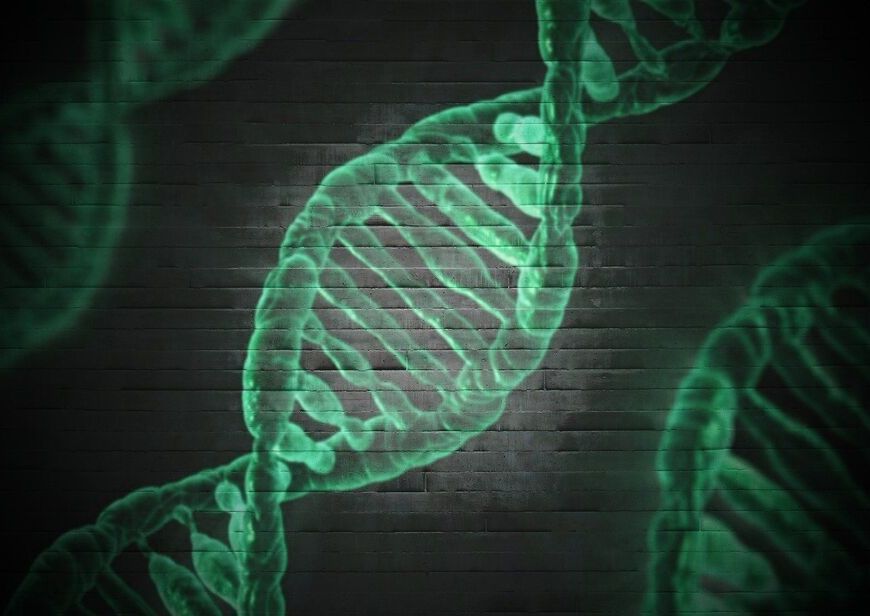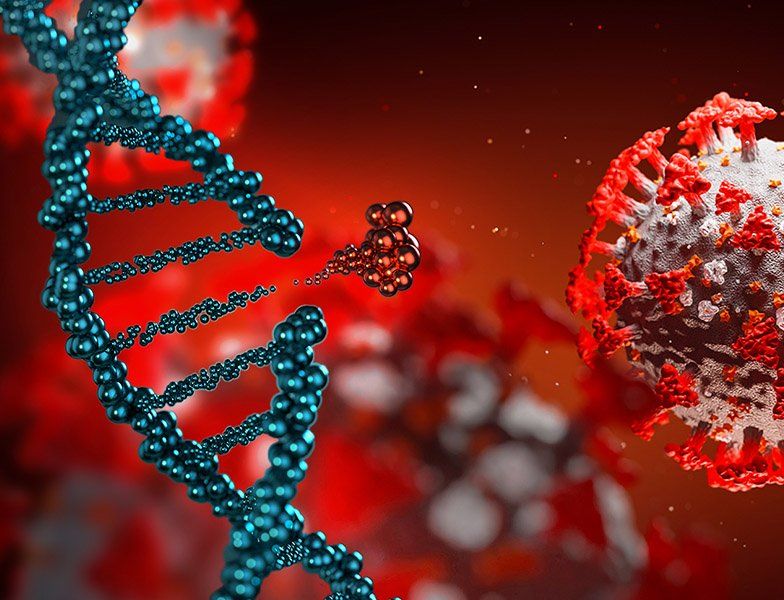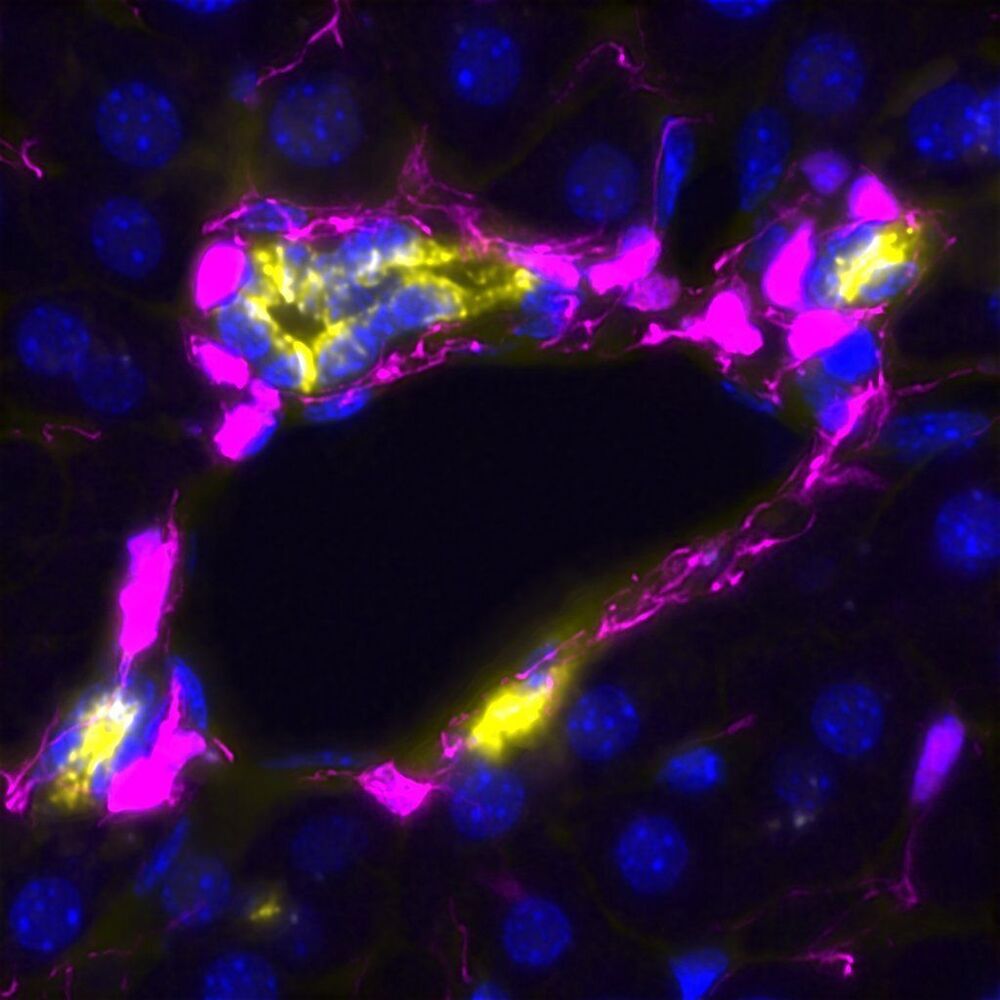Aug 4, 2021
Machine Learning Approach for Predicting Risk of Schizophrenia Using a Blood Test
Posted by Jason Blain in categories: biotech/medical, genetics, information science, robotics/AI
Summary: Blood tests revealed specific epigenetic biomarkers for schizophrenia. Researchers applied machine learning to analyze the CoRSIVs region of the human genome to identify the schizophrenia biomarkers. Testing the model with an independent data set revealed the AI technology can detect schizophrenia with 80% accuracy.
Source: Baylor College of Medicine.
An innovative strategy that analyzes a region of the genome offers the possibility of early diagnosis of schizophrenia, reports a team led by researchers at Baylor College of Medicine. The strategy applied a machine learning algorithm called SPLS-DA to analyze specific regions of the human genome called CoRSIVs, hoping to reveal epigenetic markers for the condition.
















